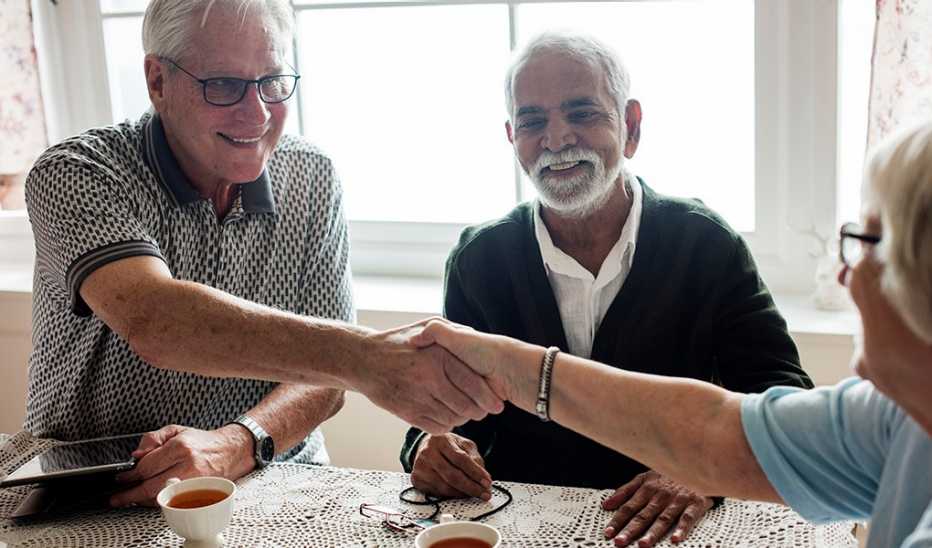Challenges


Quick Win
Come up with a creative mental image related to where you first met your acquaintance.
Try This Today
- When you meet someone new and learn their name, picture a mental image of that person’s face and name in the place where you met. You may need to get creative to make the memory stick.
- For example, if you just met Jane Brown at your mailbox, picture a mini-Jane standing atop it, with her name in brown lettering scrawled on an envelope in her hand. If you become acquainted with Jerry Smith at the coffee shop, you might picture him ordering coffee from the late Jerry Lewis working as a blacksmith behind the counter.
- If you’re meeting a group of people at once (such as the members of a new club or class), see if they’ll play an introduction game. As you go around the table and introduce yourselves, ask each person to pick an animal. Then mentally pair each name and face with an image of that animal — and imagine those creatures sitting around the table. You’ll remember Tom the cat and Linda the horse better than plain old Tom and Linda.
Why
Remembering names can be hard, but memory experts have plenty of helpful tricks. Mental athletes — who compete to memorize random numbers, names, faces and more — often rely on building a “memory palace.” Competitors match each item that must be recalled to a distinct mental image and then place those images along a route inside of their imagined palace. In a study published in 2017 in the journal Neuron, researchers scanned the brains of 51 nonathletes, mostly men in their 20s, as they learned and practiced the memory trick. After six weeks of training, their memory had improved and the way their brain regions communicated started to resemble that of 23 memory athletes whose brains were also scanned.











More From Staying Sharp
Birthdays: Set and Forget
With a high-tech nudge, you’ll always remember
Social Media: Good or Bad for the Brain?
It can help you stay connected, but overuse may also trigger stress and negative feelings
Track Your Workouts to Stay Motivated
Setting goals and charting your progress can help keep you accountable